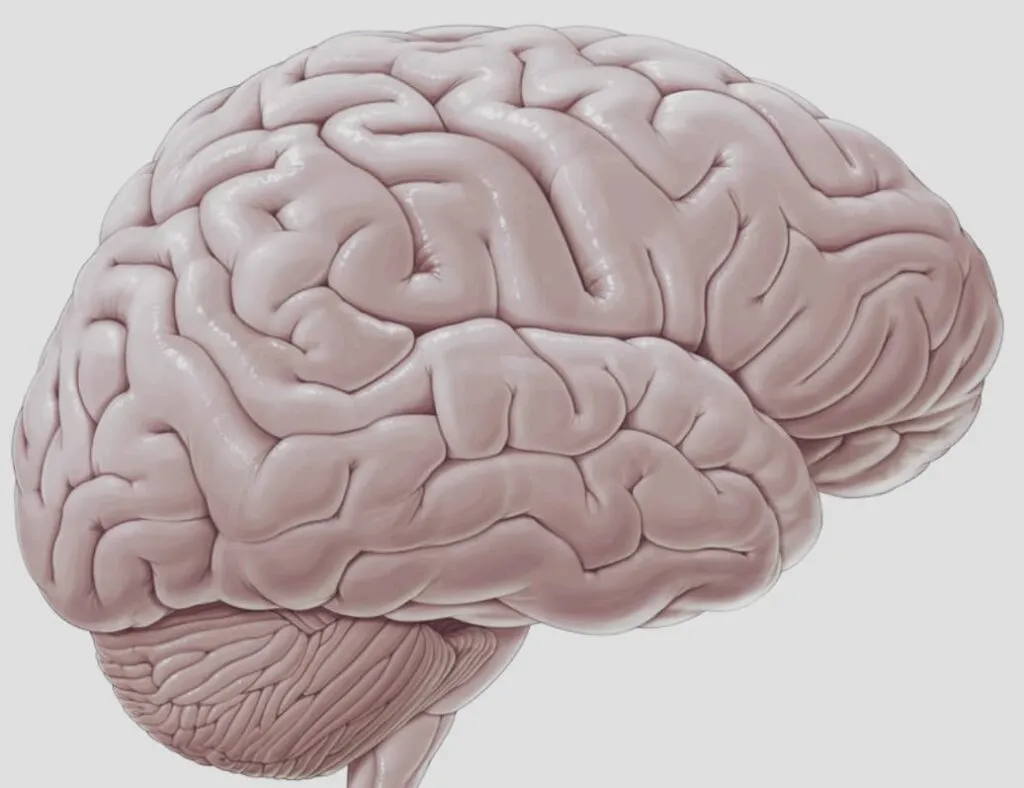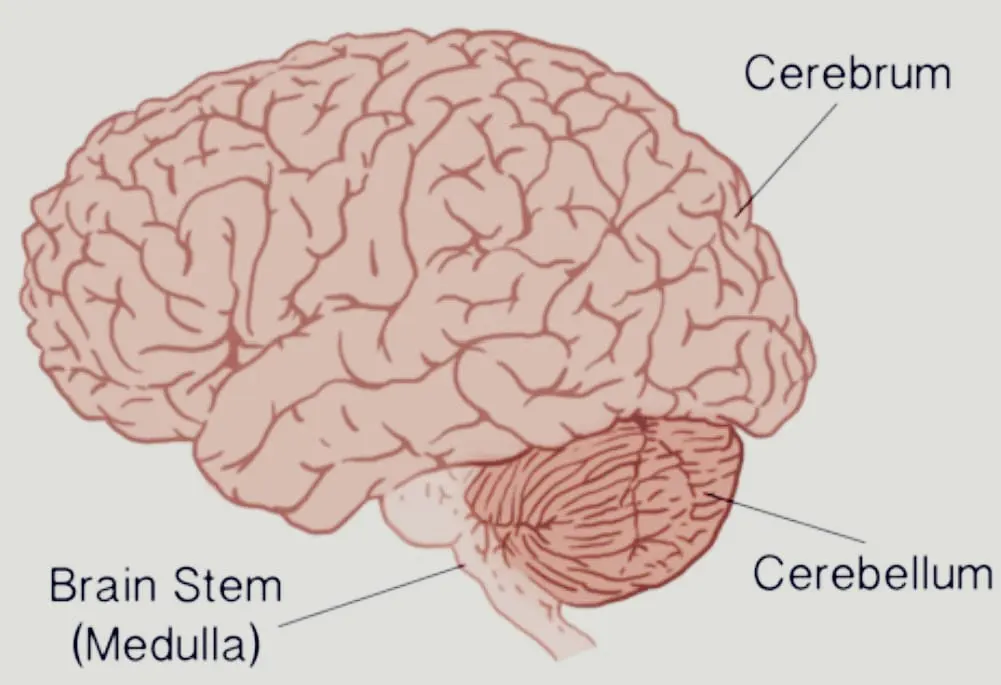Structure of the Brain
The brain is a sophisticated organ that manages every bodily function as well as thought, memory, emotion, touch, motor skills, vision, respiration, temperature, and hunger.
Human brain is around 60% fat and weighs about 3 pounds in a typical adult. Combinations of water, protein, carbs, and salts make up the remaining 40%. It is not a muscle in and of itself. It is made up of nerves, blood vessels, and neurons.

Main Parts of the Brain and Their Functions
The cerebrum, brainstem, and cerebellum can be thought of as the three main parts of the brain.
Cerebrum
Gray matter (the cerebral cortex) and white matter make up the cerebrum, the front of the brain. The cerebrum, which is the biggest component, controls temperature as well as initiating and coordinating movement. Speech, judgment, thinking and reasoning, problem-solving, emotions, and learning are all made possible by different regions of the cerebrum.
Stem
The cerebrum connects the center of the brain to the spinal cord. The midbrain, pons, and medulla are all parts of the brainstem.

Mid Brain
With a variety of distinct neuron clusters (nuclei and colliculi), neuronal pathways, and other structures, the midbrain (or mesencephalon) is a tremendously complicated structure. These traits make it easier to do a variety of tasks, including listening, moving, responding to environmental changes, and calculating responses.
Pons
Four of the 12 cranial nerves, which enable a variety of functions like tear generation, chewing, blinking, concentrating eyesight, balance, hearing, and facial expression, originate in the pons. The pons, which means “bridge” in Latin, serves as the link between the midbrain and the medulla.
Medulla
The medulla is where the spinal cord meets at the base of the brainstem. A medulla is necessary for living. The medulla helps in the regulation of different functions like numerous biological processes, including heart rhythm, respiration, blood flow, and oxygen and carbon dioxide levels. The medulla produces some reflex actions like sneezing, vomiting, coughing, and swallowing.
Cerebellum
Also known as the “little brain,” this fist-sized section of the brain sits in the back of the head, above the brainstem and below the temporal and occipital lobes.
It features two hemispheres, just like the cerebral cortex. Its job is to keep posture, balance, and equilibrium while coordinating voluntary muscle movements.
The cerebellum’s functions in intellect, emotion, and social interaction, as well as its potential roles in addiction, autism, and schizophrenia, are the subject of recent studies.
Read Further About:

